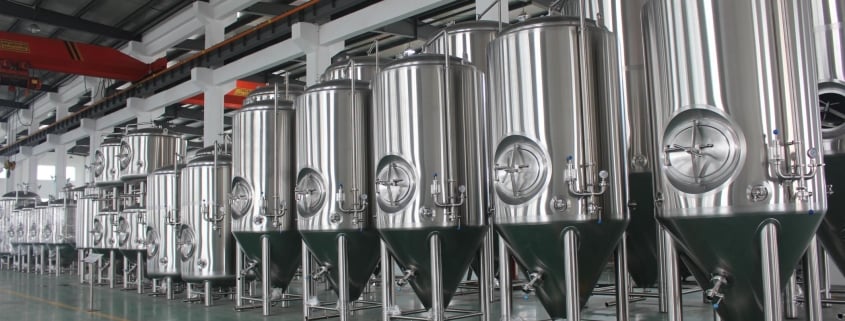Top 10 Brewery Lab Equipment Every Brewer Needs
Overview of Brewery Lab Equipment
Running a brewery without proper lab equipment is like sailing without a compass. Modern brewing labs are packed with tools that test raw materials, monitor fermentation, and analyze the final product to ensure every pint meets the highest standards. Whether you’re a craft brewer or part of a large commercial operation, investing in the right equipment can be the key to thriving in a competitive market.
The Importance of Brewery Lab Equipment
Why is lab equipment so crucial? Think about it: every batch of beer is a delicate balance of water, malt, hops, and yeast. Without proper testing, you risk inconsistencies that could ruin your reputation. Brewery lab equipment ensures:
- Quality Control: Verify the beer’s taste, clarity, and alcohol content match your standards.
- Consistency: Replicate recipes batch after batch, even when raw materials vary.
- Efficiency: Catch problems early, saving time and money.
- Compliance: Meet legal requirements for labeling, alcohol levels, and safety.
With lab tools, brewers can pinpoint issues, innovate confidently, and delight customers every time.
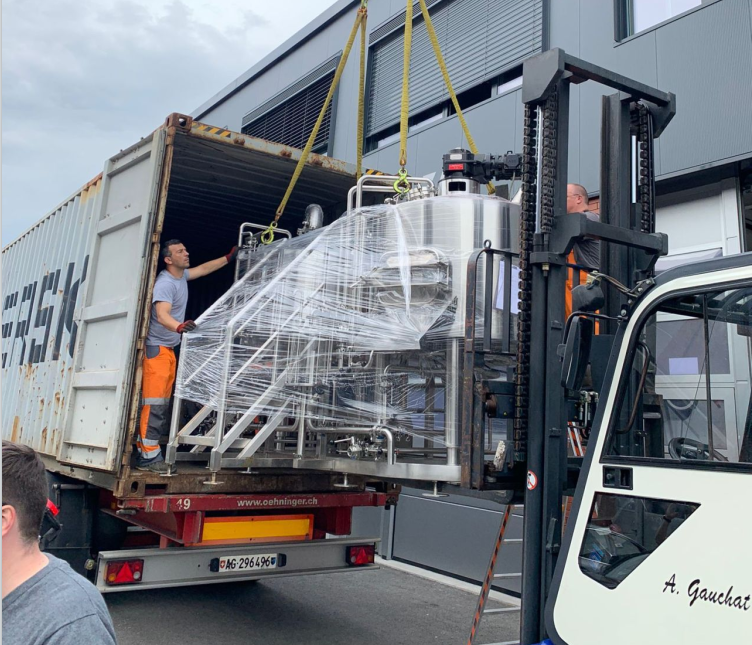
Key Types of Brewery Lab Equipment
Brewery labs use a mix of sophisticated tools, each serving a specific purpose. Here are the main categories:
1. Analytical Instruments
These tools measure key parameters like alcohol content, pH, and carbonation levels. Examples include:
- Alcohol Analyzers: Ensure the ABV (Alcohol by Volume) is accurate.
- pH Meters: Monitor acidity to maintain flavor stability.
- Spectrophotometers: Analyze color and clarity.
2. Fermentation Monitoring Tools
Fermentation is the heart of brewing. Equipment here includes:
- Refractometers: Measure sugar levels before and during fermentation.
- Hydrometers: Monitor density changes to track fermentation progress.
3. Microbiological Equipment
Keep unwanted bacteria and wild yeasts at bay:
- Microscopes: Examine yeast health and cell counts.
- Petri Dishes and Incubators: Test for microbial contamination.
4. Packaging and Shelf-Life Testing Tools
Ensure your beer remains fresh and flavorful over time:
- Oxygen Meters: Minimize oxygen exposure during packaging.
- Carbonation Testers: Measure CO2 levels in canned or bottled beer.
5. Cleaning and Calibration Tools
Proper maintenance keeps equipment accurate:
- Autoclaves: Sterilize lab tools.
- Calibration Standards: Ensure instruments remain precise.
How to Choose the Right Brewery Lab Equipment
Choosing lab equipment can feel overwhelming. Here’s a breakdown of factors to consider:
| Factor | Details |
|---|---|
| Budget | Start with essential tools and upgrade as your brewery grows. |
| Scalability | Invest in equipment that can handle increased production. |
| Accuracy | Look for tools with high precision to ensure consistent results. |
| Ease of Use | Opt for user-friendly equipment to save training time. |
| Durability | Choose robust tools that can withstand regular use in a brewery setting. |
| Supplier Reputation | Buy from trusted brands with good customer support and warranties. |

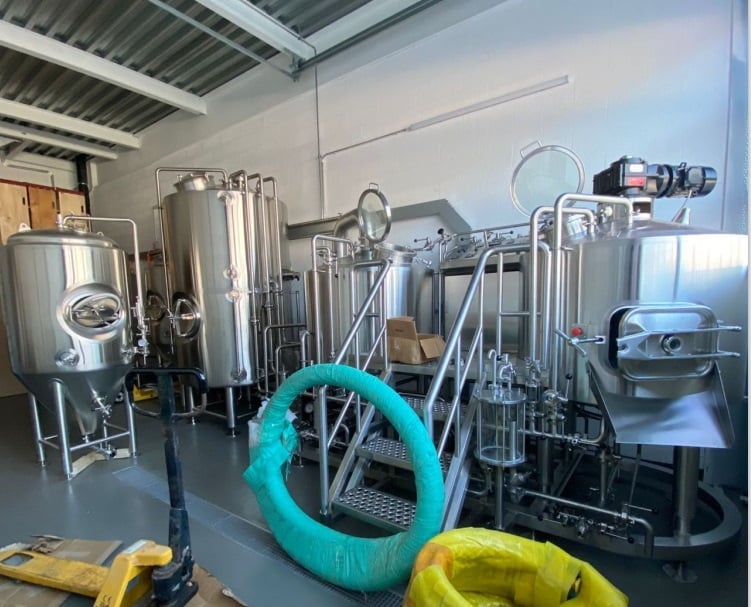
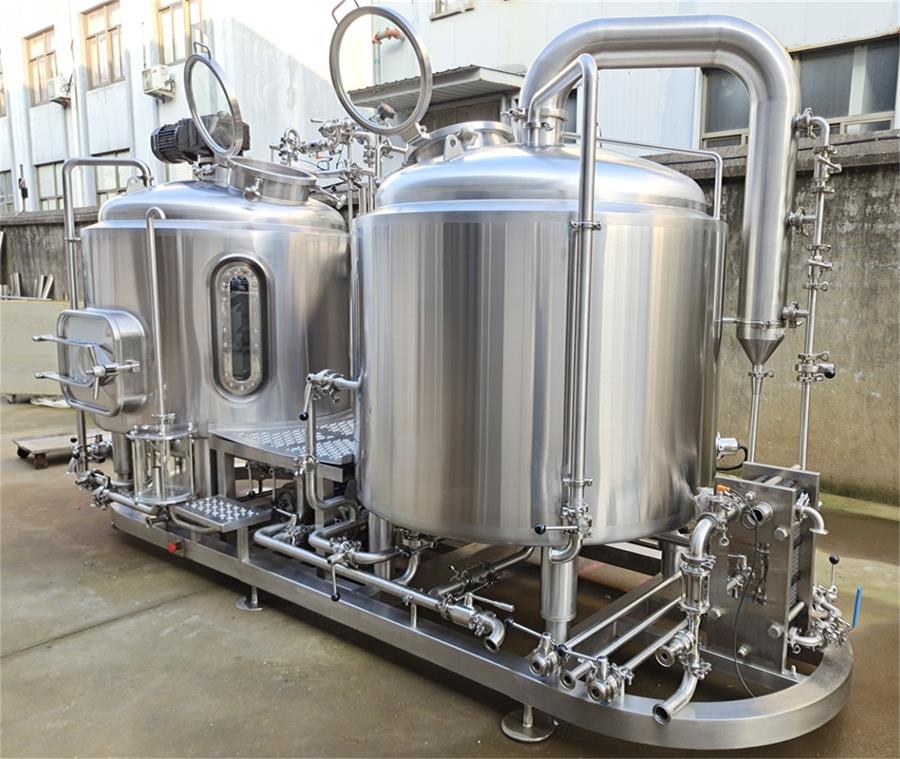
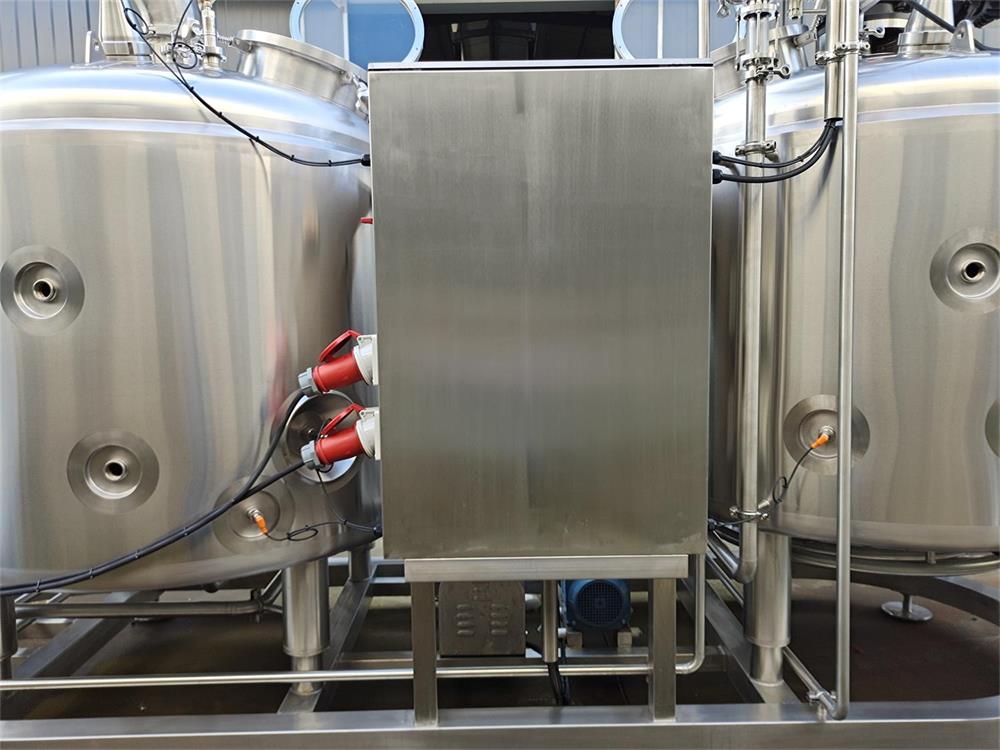
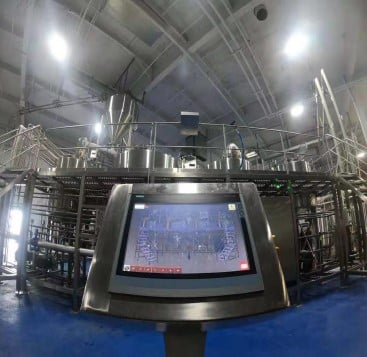

Benefits of Advanced Technology in Brewery Lab Equipment
Modern lab equipment leverages cutting-edge technology to make brewing easier and more efficient. Here are the key benefits:
| Benefit | Explanation |
|---|---|
| Real-Time Data | Instant results for quicker decision-making during brewing. |
| Automation | Reduce manual errors with automated processes. |
| Improved Accuracy | Advanced sensors provide precise measurements. |
| Remote Monitoring | Track fermentation and other processes via connected devices. |
| Cost Savings | Catch issues early to avoid costly batch recalls or waste. |
Top Suppliers of Brewery Lab Equipment
When it comes to sourcing quality lab equipment, choosing the right supplier is critical. Here are some industry leaders:
| Supplier | Specialization | Location |
|---|---|---|
| Anton Paar | Alcohol and density meters, pH analyzers | Global |
| Hach | Water quality testing equipment | USA |
| Mettler Toledo | Precision scales, pH meters | Global |
| Camlab | Microbiological tools, autoclaves | UK |
| Thermo Fisher Scientific | Microscopes, fermentation monitoring tools | Global |
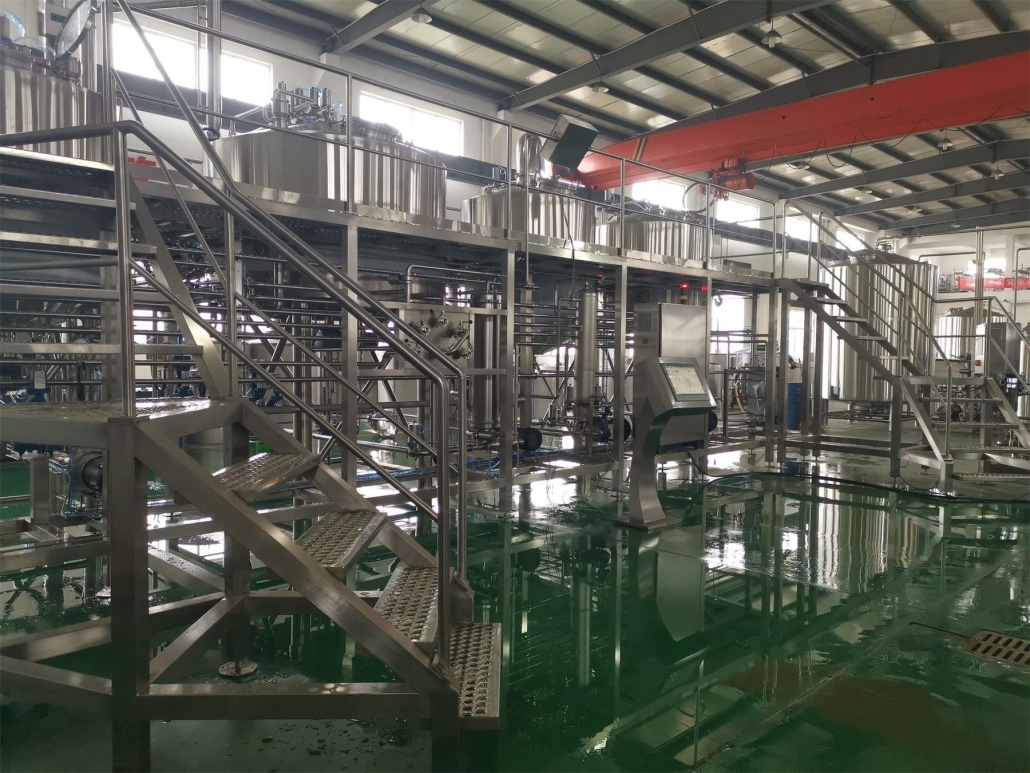
Tips for Maintaining Brewery Lab Equipment
Proper maintenance ensures your lab tools last longer and perform accurately. Here’s how:
- Regular Cleaning: Wash and sanitize tools after every use to avoid contamination.
- Calibration: Check and recalibrate instruments periodically for precision.
- Proper Storage: Store delicate equipment in controlled environments.
- Follow Manufacturer Guidelines: Adhere to maintenance schedules and instructions.
- Staff Training: Ensure employees know how to handle and care for equipment properly.
FAQ
| Question | Answer |
|---|---|
| What is the most essential lab equipment? | pH meters and alcohol analyzers are a must for quality control. |
| How much does brewery lab equipment cost? | Costs vary, ranging from $500 for basics to $50,000+ for advanced systems. |
| Can I start small with lab equipment? | Yes, start with essentials and expand as your brewery grows. |
| How often should equipment be calibrated? | Calibration depends on use but typically every 3-6 months. |
| Is advanced equipment necessary for small breweries? | Not initially, but it’s useful as production scales. |

